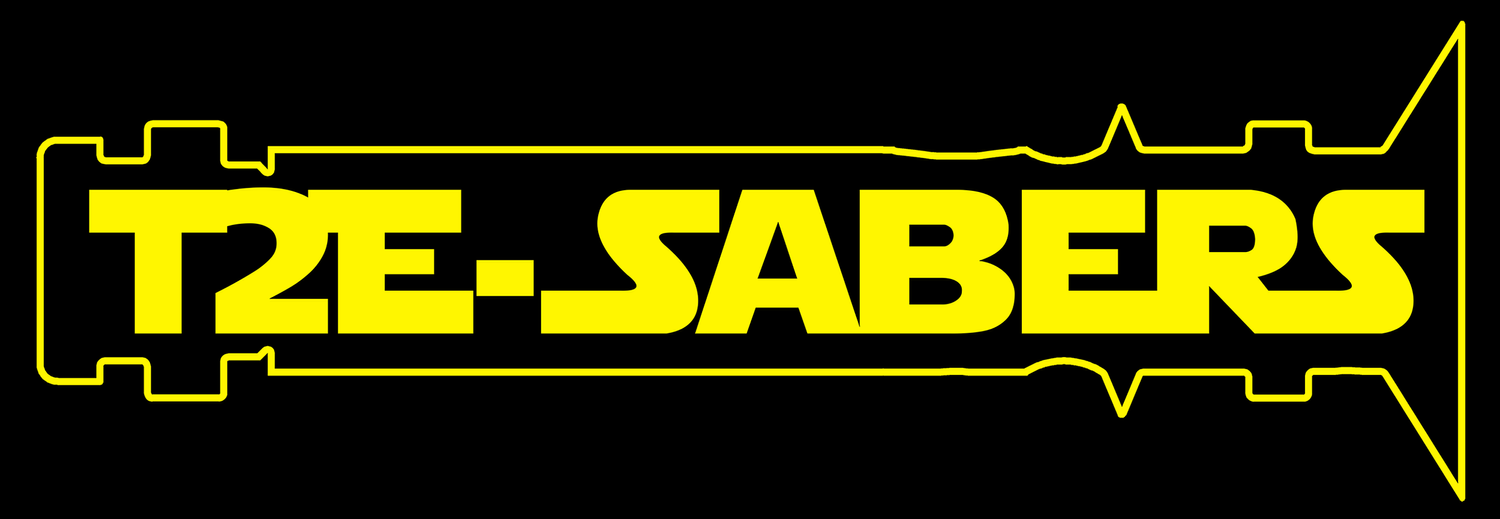Lightsabers: A Weapon of a More Civilized Age
The light saber, with its radiant blade and distinctive hum, is more than just a weapon in the Star Wars saga—it's a symbol of the moral and ethical code of the Jedi Order.
Known across the galaxy as the weapon of choice for both Jedi and Sith, the light saber epitomizes the nuanced balance between peace and power.
As these force-wielders navigate the challenges of the galaxy, their sabers serve as extensions of their own beliefs and skills, shaping their destiny and often the fate of the universe itself.
The Charm of the Light Saber
Light sabers are prized for their elegance and the precision needed to wield them, in contrary to blasters, which are more commonly used and stand for raw power and force. Since each saber reflects the philosophy and life experiences of the Jedi who wields it, each one is unique, just like its maker. This personalization incorporates everything from the hilt design to the selection of the kyber crystal that powers the blade, creating a strong bond between the owner and the weapon.
The kyber crystal within a light saber allows the user to alter the blade's color and length. The kyber crystal also has a spiritual resonance with the Jedi. Unlike weapons intended only for destruction, the saber encourages a calculated and controlled approach to conflict, which is highlighted by this close connection.
Light Sabers in Combat
Using a light saber in battle is similar to a trance it requires precision, grace, and mental focus. These qualities promote a respectful philosophy of combat, starkly juxtaposing with more savage forms of warfare. The Jedi are taught to use their sabers primarily in defense, striving to minimize harm and preserve life wherever feasible, which reinforces the concept of light sabers as instruments of peace rather than mere weapons.
Moreover, proficient use of a light saber demands more than just brute force—a strong bond with the Force is also necessary. The bond between Jedi points out the civilized nature of light saber duels by enabling them to perform seemingly miraculous feats like deflecting incoming blaster shots or anticipating an opponent's movements early on.
Light Sabers in Popular Culture
The mesmerizing visuals of light sabers in action have captured the imaginations of audiences for generations, establishing them as cultural icons well beyond the confines of the Star Wars films. Their unique sound and visual appeal are instantly recognizable, sparking a sense of awe and excitement. The choreography of light saber duels, akin to ballet, transforms these encounters into deeply personal, character-driven narratives that enhance the storytelling and endear the characters to viewers.
All in all
The light saber is still a key component of Star Wars mythology and represents more than just fighting skills. It truly shifts the Force into a weapon of a more refined era by being a path towards more insight of it.
Frequently Asked Questions
-
Every color denotes a different aspect of the Force or represents the character and function of the wielder. Jedi Guardians, who guard the peace, usually wear blue; Jedi Consulars, who study the Force more deeply, wear green; and Sith, who channel the dark side, wear red.
-
While activating a light saber is straightforward, wielding one effectively in battle usually requires the guidance of the Force and extensive training to manage its weightless blade.
-
On rare occasions, non-Force users in the Star Wars universe, like smugglers or regular soldiers, might handle a light saber, often using weapons that are scavenged or stolen.
-
Constructing a light saber is a rite of passage for Jedi, involving the careful assembly of its components and the tuning of the kyber crystal under the Force’s influence.
-
This is a safety feature engineered by the Jedi to ensure the saber does not cause unintended damage. The activation mechanism requires constant pressure or the Force to keep the blade active.
